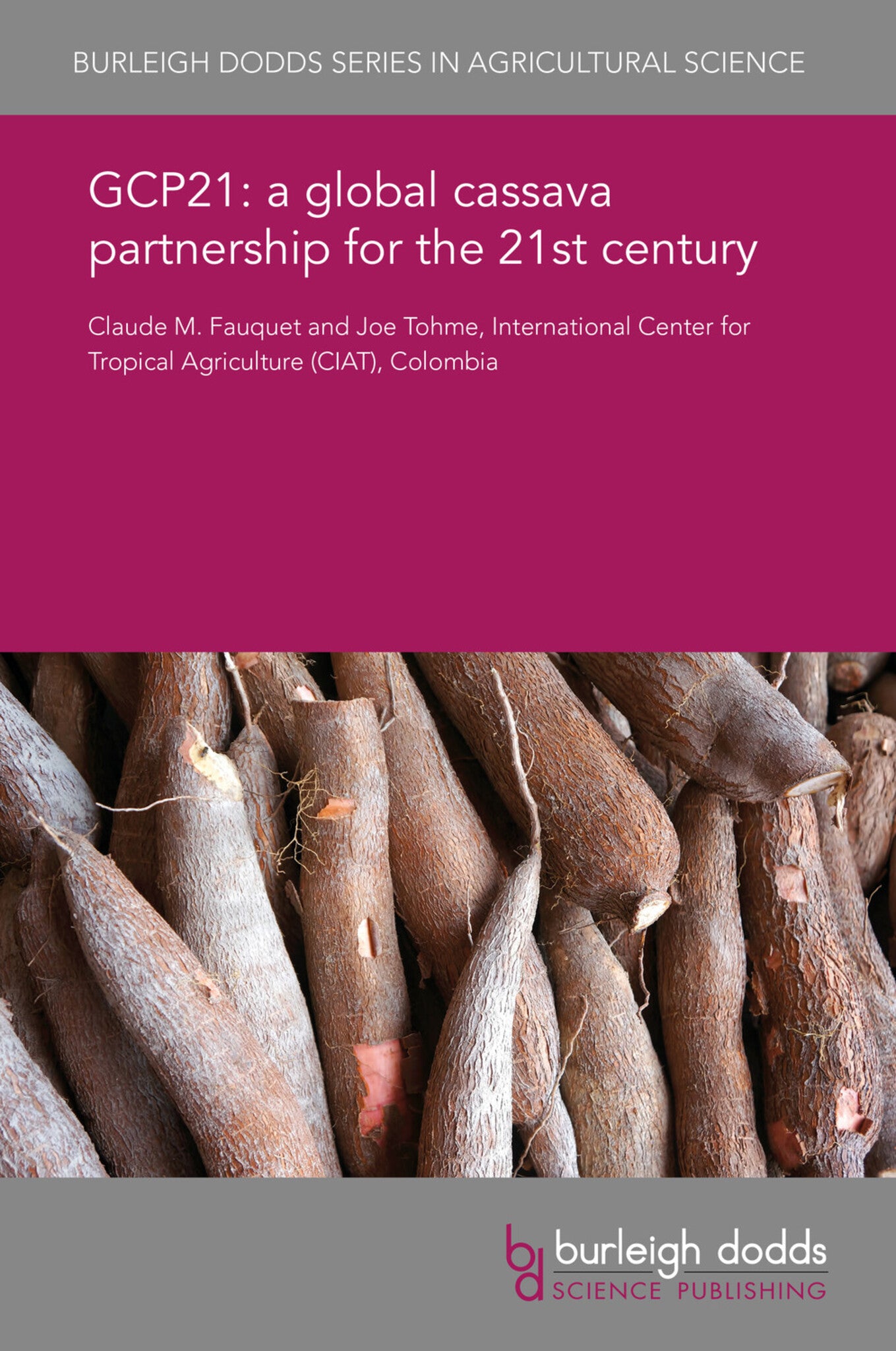We're sorry. An error has occurred
Please cancel or retry.
GCP21: a global cassava partnership for the 21st century

Some error occured while loading the Quick View. Please close the Quick View and try reloading the page.
Couldn't load pickup availability
- Format:
-
12 July 2017


TECHNOLOGY & ENGINEERING / Agriculture / Tropical Agriculture, Tropical agriculture, TECHNOLOGY & ENGINEERING / Agriculture / Agronomy / Crop Science, TECHNOLOGY & ENGINEERING / Agriculture / Sustainable Agriculture, Sustainable agriculture, Agronomy and crop production

1 Introduction 2 GCP21 as a platform for the science of cassava production 3 Making connections in cassava research 4 Looking for gaps in R&D from basic science to final products 5 Improving global access to information and technology 6 Conclusion 7 Where to look for further information 8 References



